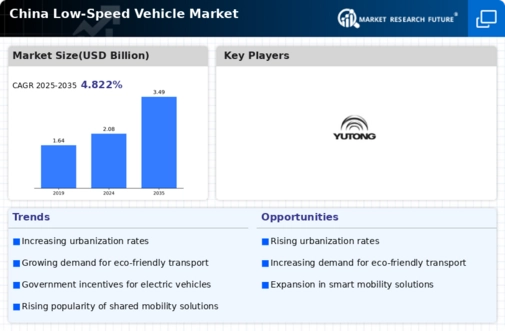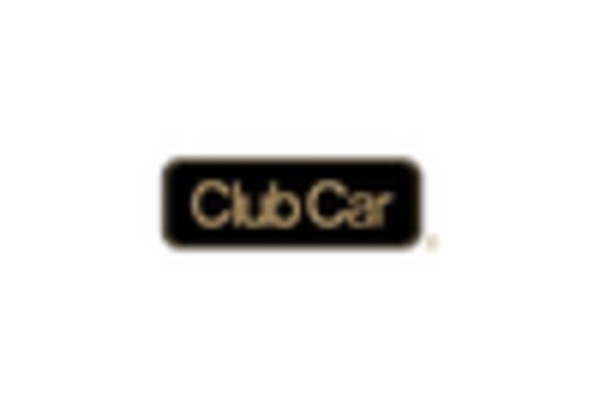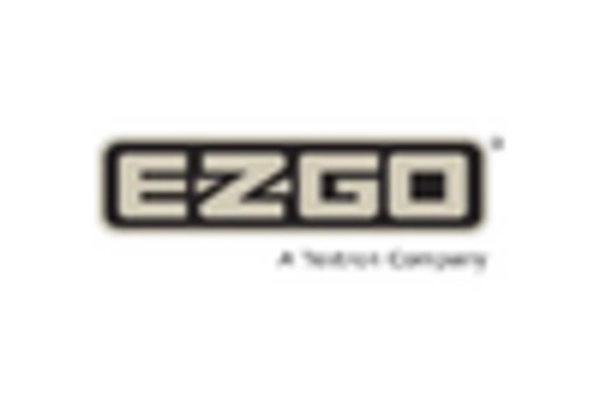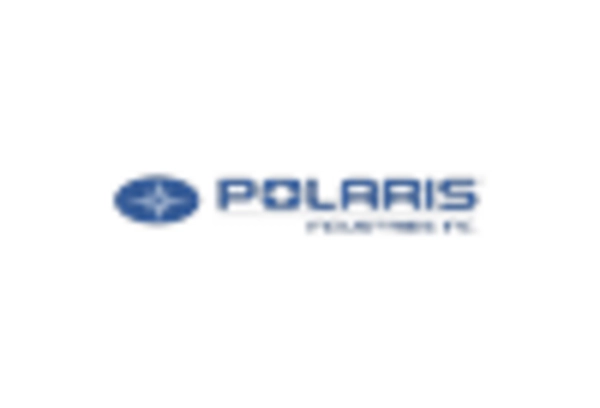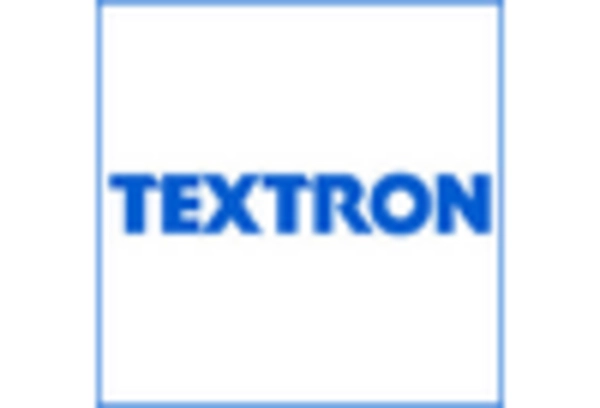Cost-Effectiveness
The cost-effectiveness of low speed-vehicles is a compelling driver for their adoption in China. With rising fuel prices and maintenance costs associated with traditional vehicles, consumers are increasingly seeking economical alternatives. Low speed-vehicles typically have lower operational costs, making them an attractive option for urban commuters. In 2025, it is projected that the average cost of ownership for low speed-vehicles will be approximately 20% lower than that of conventional cars. This financial advantage positions the low speed-vehicle market favorably, particularly among budget-conscious consumers and businesses looking to reduce transportation expenses. Additionally, the potential for lower insurance premiums further enhances the appeal of these vehicles.
Rising Urbanization
The rapid urbanization in China is a crucial driver for the low speed-vehicle market. As more individuals migrate to urban areas, the demand for efficient and compact transportation solutions increases. In 2025, urban areas in China are projected to house over 60% of the population, leading to a surge in the need for low speed-vehicles that can navigate congested city streets. These vehicles offer an eco-friendly alternative to traditional cars, aligning with the growing emphasis on sustainable urban mobility. The low speed-vehicle market is likely to benefit from this trend, as municipalities seek to reduce traffic congestion and pollution. Furthermore, the integration of low speed-vehicles into public transport systems may enhance accessibility for residents, particularly in densely populated regions.
Environmental Regulations
Stringent environmental regulations in China are significantly influencing the low speed-vehicle market. The government has implemented various policies aimed at reducing carbon emissions and promoting cleaner transportation options. As a result, manufacturers are increasingly focusing on producing electric low speed-vehicles that comply with these regulations. In 2025, it is estimated that the market for electric low speed-vehicles could grow by over 30%, driven by both consumer demand and regulatory compliance. The low speed-vehicle market is thus positioned to thrive as manufacturers innovate to meet these environmental standards. Additionally, the push for greener alternatives aligns with China's commitment to achieving carbon neutrality by 2060, further solidifying the role of low speed-vehicles in the transportation landscape.
Technological Integration
The integration of advanced technologies into low speed-vehicles is reshaping the market landscape in China. Innovations such as smart connectivity, autonomous driving features, and enhanced battery technologies are becoming increasingly prevalent. In 2025, it is anticipated that nearly 40% of new low speed-vehicles will incorporate smart technology, enhancing user experience and safety. This technological evolution not only attracts tech-savvy consumers but also positions the low speed-vehicle market as a leader in the transition towards smarter urban mobility solutions. Furthermore, the collaboration between tech companies and vehicle manufacturers is likely to accelerate the development of these advanced features, making low speed-vehicles more appealing to a broader audience.
Changing Consumer Preferences
Shifting consumer preferences towards sustainable and convenient transportation options are driving the low speed-vehicle market in China. As awareness of environmental issues grows, more consumers are inclined to choose vehicles that align with their values. The low speed-vehicle market is witnessing a notable increase in demand for electric and hybrid models, reflecting this trend. In 2025, it is estimated that sales of electric low speed-vehicles could account for over 25% of total low speed-vehicle sales. This shift indicates a broader societal change towards eco-friendly transportation solutions, as consumers prioritize sustainability alongside functionality. Manufacturers are responding by expanding their offerings to include a wider range of environmentally friendly options, catering to this evolving market demand.


